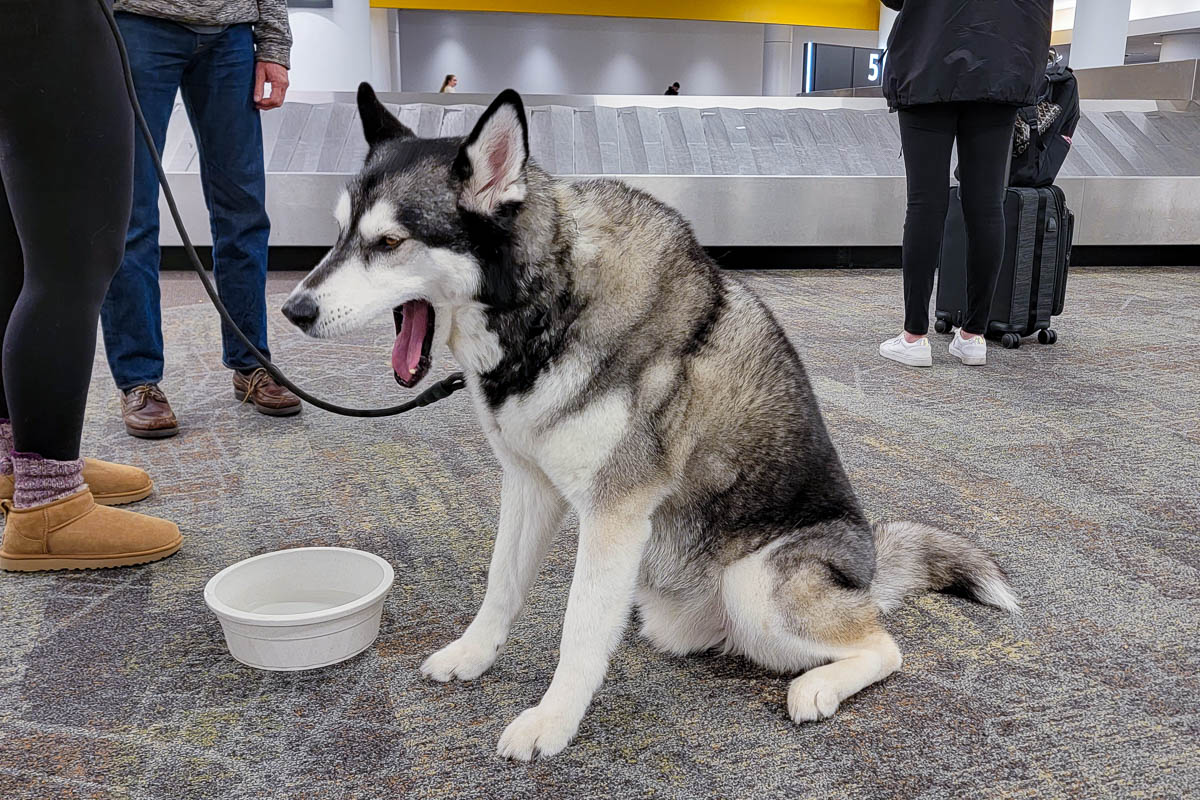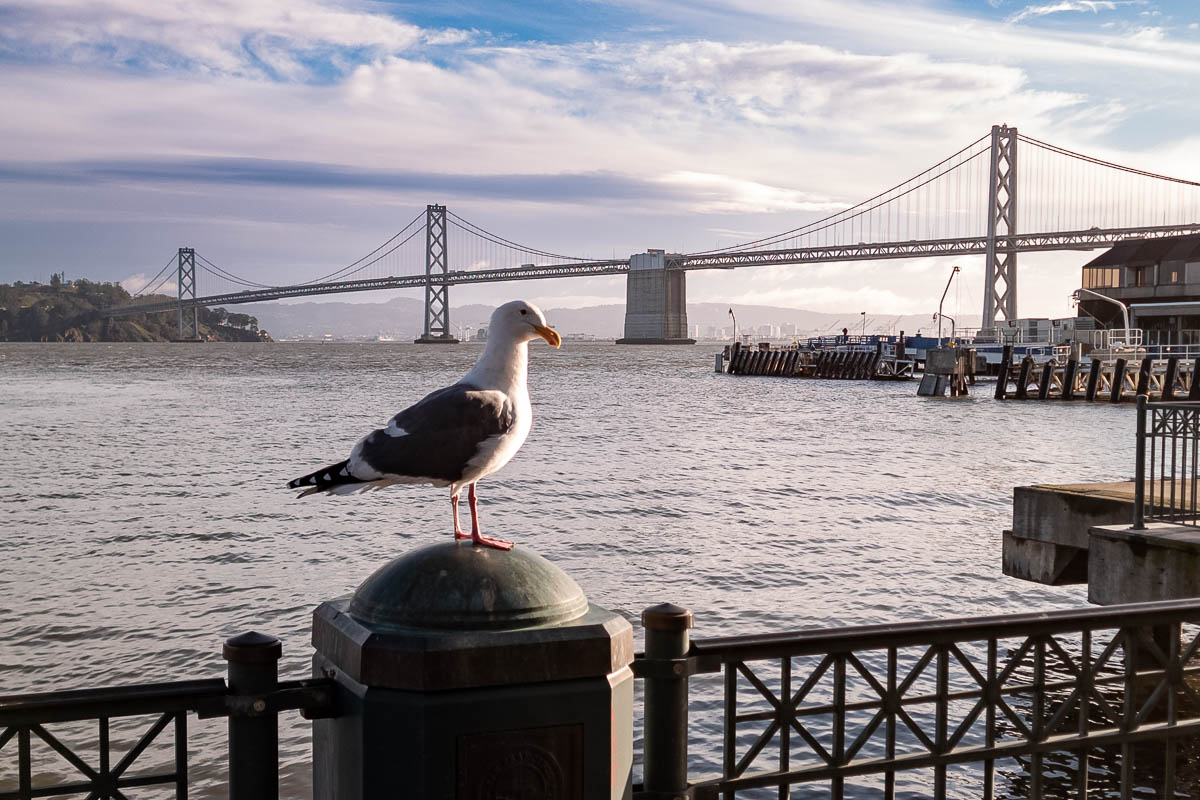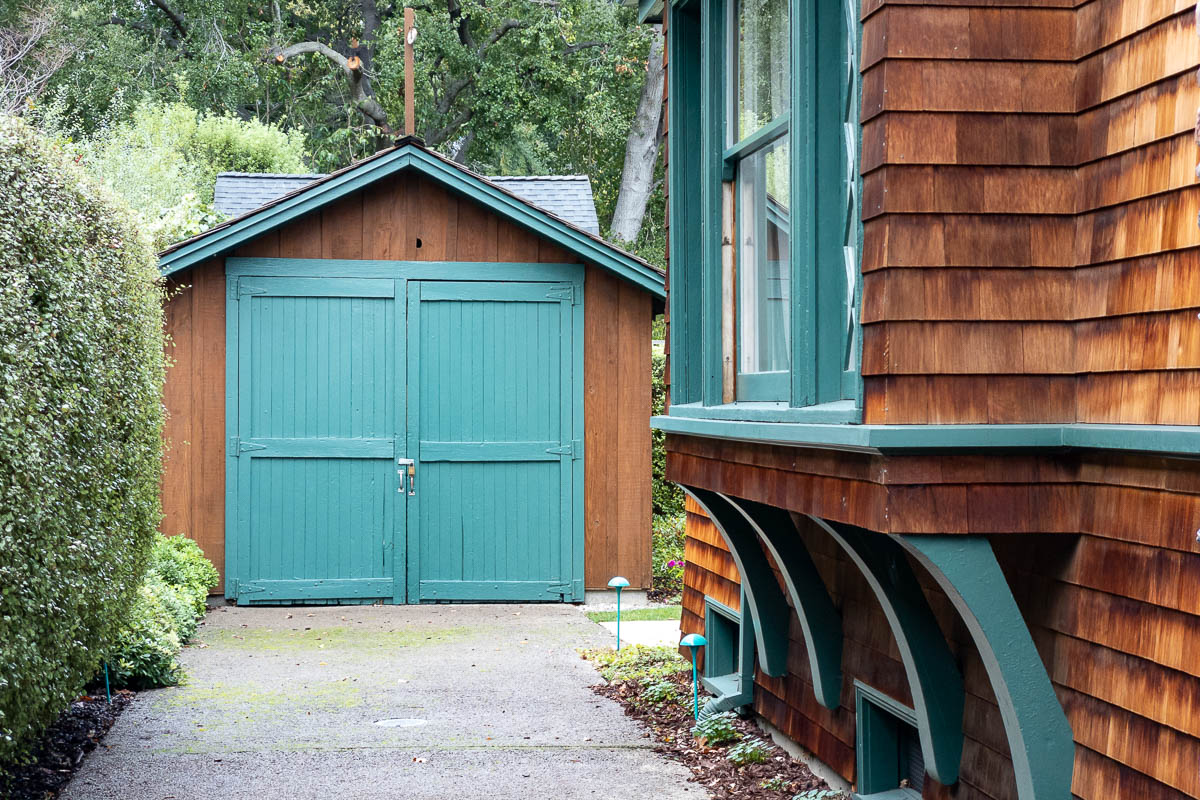My burn-up chart for the current sprint has a "completed" line that nicely intersects the sprint guideline, so I can take a moment this Monday morning to eat lunch and read some news stories:
And closer to home—like, less than a kilometer away—the City of Chicago has made some recommendations to improve a stretch of Clark Street that could be a model for other streets in the city.
Eli Dourado takes a deep dive into the engineering and economics that could raise a fleet of 25,000 autonomous cargo airships, each two Chicago city blocks long floating just 1,500 meters over your head while carrying 500 tons of cargo:
Let’s say airships captured half of the 13 trillion ton-km currently served by container ships at a price of 10¢ per ton-km. That would equal $650 billion in annual revenue for cargo airships, notably much bigger than the $106 billion Boeing reports for the entire global air freight market. If one company owned the cargo airship market, taking only half of only the container market, it would be the biggest company in the world by revenue.
How many airships would we need to fill that demand? A lot. If each airship can carry 500 tons, cruises at 90 km/h, and is utilized two-thirds of the time, that adds up to around 260 million ton-km per year per airship. To produce 6.5 trillion ton-km per year would require 25,000 such airships. This is about the number of airliners in the world today.
Cargo airships would probably be among the easiest vehicles to make unmanned. The sky is big and empty, but it’s especially empty over the ocean at the lowish altitudes, below airliners’ Class A airspace, where airships would fly. Even when you get over land and near landing facilities, airships are slow moving relative to other aircraft, so there is time for a remote pilot to take over if any off-nominal condition occurs.
In my experience, once you start thinking about giant cargo airships, it’s hard to stop.
Try to actually picture it in your mind—an object the size of the Empire State Building floating across the sky a thousand feet above your head. They would be so common that you would see them daily, driving commerce and extending the gains from trade further than ever before. They would, of course, obey every law of physics, but to our minds trained on today’s mundane reality, they would appear to defy gravity.
For me, they would carry symbolic value. Every time I saw one, I’d remember that great things are possible.
I think the economics make sense, especially his math on using hydrogen instead of helium as the lifting gas. I hope I live long enough to see these things above Chicago.
The last Boeing 747 rolled off the assembly line Tuesday. Sam Howe Verhovek gives it a eulogy:
Remarkably, barely three years after a handshake agreement, the Boeing 747 rolled out of a giant factory a bit north of Seattle. It quickly made global air travel more affordable than it had ever been, fulfilling Trippe’s vision of a world where plumbers and schoolteachers, not just the well-heeled, could think about taking their families to London or Rio de Janeiro or Tokyo.
This week, 53 years after the first Pan Am passenger flights between New York and London, the 1,574th — and last — Boeing 747 had its ceremonial send-off and took to the skies. This ultimate example of the famous airliner has a depiction on its tail of Atlas holding the world atop his shoulders, as the logo of the cargo and charter carrier Atlas Air Worldwide. How appropriate, for the 747 created a worldwide web long before there was a World Wide Web.
The “Queen of the Skies” is passing out of fashion because nimbler, more energy efficient jetliners with two engines — rather than the 747’s four — have come along to do a better job of getting people from point to point internationally.
Aviation engineers truly accomplished the phenomenal more than half a century ago when they met the challenge concocted by those two guys fishing in Alaska. Today’s airplane designers should use the story of the Boeing 747’s success as inspiration for the great task they now face of building an airliner that’s not only fast and affordable and safe, but green as well.
I last flew on a 747 on 7 December 2015, coming home from London, and last rode in the upper deck on 7 November 2014—on the same flight, Speedbird 295. British Airways gave up its last 747s during the pandemic, and very few other airlines still use it for passenger flights. So unless I hop a Cathay Pacific flight to Singapore soon, I'll probably never ride in one again.
I have no idea. But today I managed to get a lot of work done, so I'll have to read these later:
Finally, if you live in Chicago and look straight up and slightly north with binoculars tonight, you might see a little green comet that last passed Earth 50,000 years ago.
First, on the flight from Dallas to San Francisco, this handsome boi slept peacefully on the floor four rows ahead of me:

Bane is a malamute mix, 11 years old, and here in the SFO baggage claim area, very tired.
Monday morning, I walked over to the Ferry Terminal on my way to the Caltrain terminal at 4th and King. This guy posed long enough for me to compose and take a shot:

I don't know his name, or even whether he's male. Sorry.
Later, in Palo Alto, I stumbled upon this historic site:

That's the garage at Dave Packard's house where he and Bill Hewlett created their company in 1939.
I didn't bring my real camera to San Francisco this time because I thought it would rain throughout the trip. Next time, though.
New Zealand's prime minister, Jacinda Arden, just resigned unexpectedly, which is a much more surprising story than any of these I queued up:
Finally, I'm glad to discover that ibuprofen may be more effective than acetaminophen for treating tension headaches, so I will now take one.
Staring out a window at the Terminal A parking garage at DFW Airport, I pause to check my email. Top of the pile I see this lovely report from MSNBC:
Californians should brace for flooding and possible landslides as “heavy to excessive rainfall” is expected over the weekend and into next week, forecasters warned early Saturday.
With recovery efforts continuing in parts of the state which was battered by storms earlier this week, the National Weather Service said in a bulletin that a couple of Pacific storm systems were forecast to impact the West this weekend “bringing heavy lower elevation rain, significant mountain snow, and strong winds.”
The first system would approach the coast Saturday and move inland, the bulletin said, adding that there were “multiple slight risks of excessive rainfall,” that could lead to localized instances of “urban and small stream flooding as well as mudslides.”
What does NWS say about downtown San Francisco?
Tonight
Showers and possibly a thunderstorm before 1am, then rain likely, mainly between 1am and 4am. Some of the storms could produce heavy rain. Low around 9. West wind 14 to 16 km/h, with gusts as high as 32 km/h. Chance of precipitation is 90%. New rainfall amounts between 5 and 7.5 mm possible.
Sunday
Rain, mainly after 10am. High near 12. Southwest wind 11 to 18 km/h. Chance of precipitation is 80%. New precipitation amounts between 2.5 and 5 mm possible.
Sunday Night
Rain. Low around 8. East southeast wind 19 to 29 km/h decreasing to 5 to 15 km/h after midnight. Winds could gust as high as 40 km/h. Chance of precipitation is 100%. New precipitation amounts between 1 and 2 cm possible.
M.L.King Day
Rain, mainly before 10am. High near 12. Breezy, with a west northwest wind 26 to 35 km/h, with gusts as high as 47 km/h. Chance of precipitation is 80%. New precipitation amounts between 1 and 2.5 mm possible.
Monday Night
A 20 percent chance of rain before 10pm. Mostly clear, with a low around 7.
Tuesday
Sunny, with a high near 12.
Lovely. Perhaps I'll get my morning coffee before it starts to rain again tomorrow?
I'm on hold with my bank trying to sort out a transaction they seem to have deleted. I've also just sorted through a hundred or so stories in our project backlog, so while I'm mulling over the next 6 months of product development, I will read these:
And my bank's customer service finally got back to me with the sad news that the thing I wanted them to fix was, and we are so sorry, it turns out, your fault. Fie.
The Federal Aviation Administration halted all takeoffs from US airports for about an hour this morning after the Notice to Air Missions (NOTAM) system failed. Planes have resumed flying, but the ripples from this morning's ground stop could take a day or two to resolve. Good thing I'm not flying until Saturday.
Also this morning, Chicago's transit agencies released a new real-time train tracker that finally allows commuters to see where (many) of Metra's trains actually think they are. I tested the site on the Metra line I use most frequently only to find that it appeared stuck—until I discovered that, no, the trains had stopped, because one of them hit a pedestrian in Lakeview, just south of me.
I'm glad Metra finally discovered the Global Positioning System just in time for the service's 45th birthday. If only we funded our transit systems the way we fund highways...if only...
I got a lot done today, mostly a bunch of smaller tasks I put off for a while. I also put off reading all of this, which I will do now while my rice cooks:
- The EU's Copernicus Climate Change Service determined that 2022 was the fifth-hottest year on record, once again making the last 8 years the hottest on record. As North America sees record warmth and record-low snowfall this winter, we can guess how 2023 will end up.
- In no small irony, Illinois was actually cooler than normal last year. I've said before, Chicago will look better and better as the world looks worse and worse.
- Loathsome creep Andrew Tate lost all four of his appeals to Romania's appellate court, so will remain in the country until his trial for human trafficking.
- A report by INRIX Research put London and Chicago at the top of the list of cities with the worst car traffic. Oddly, in a related study, London also ranked 10th and Chicago ranked 20th of cities with the best public transit.
- Delta Airlines' "free" wi-fi reminds passengers of the adage, when someone else pays, you're the product, not the customer.
Finally, I've mentioned heading to San Francisco this coming weekend, has gotten some rain. By "some" I mean over 350 mm of rain in the past 15 days, making it the rainiest two weeks since 1866. The weekend forecast does not look encouraging: rain likely, highs around 12, lows around 9, and yet more rain likely. I have never taken an umbrella to California before. First time for everything, I guess.
And now my rice is done.